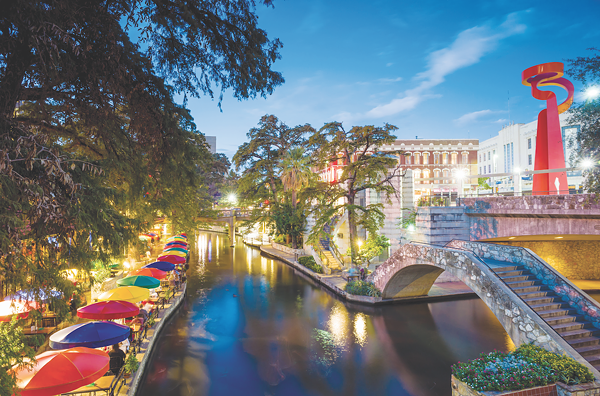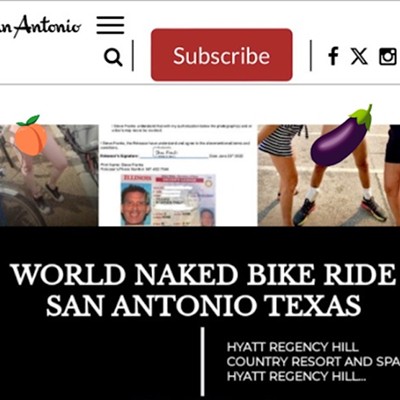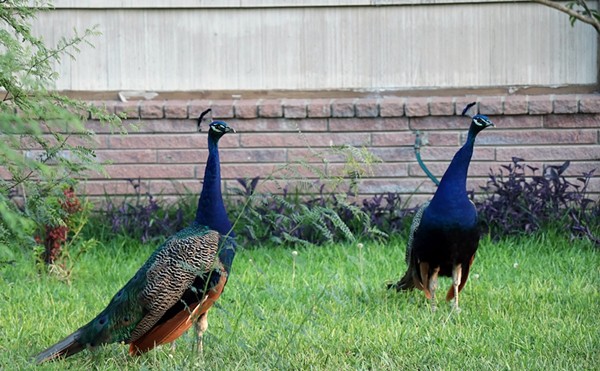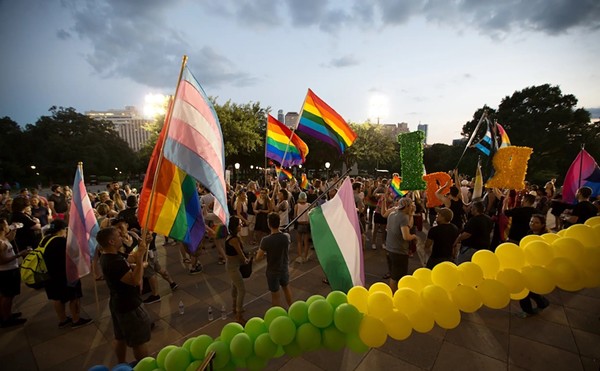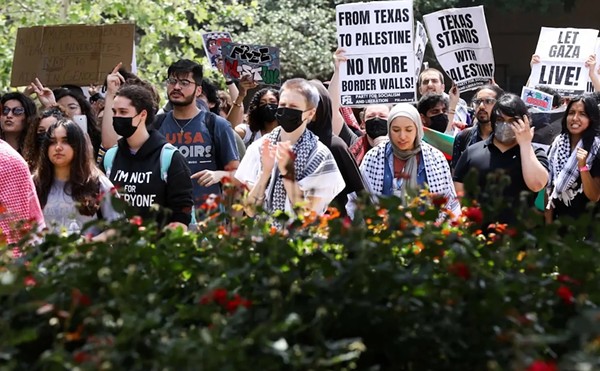The nonprofit Trust for Public Land has set a worthy goal for U.S. cities to aim for as they build up their park systems – see to it that every resident is no more than a 10-minute walk from the nearest park.
The benefits of making that a reality would be huge. Residents would be healthier and enjoy a higher quality of life. The regional economy would be better off since parks, hike-and-bike trails and greenspace matter to many of the professionals talented enough to be choosy about where they live and work.
Last week, the San Francisco-based Trust released its annual report on how the 100 biggest cities are doing in developing their parks and the progress they’ve made toward the goal of parks-accessibility for everyone.
The headline news for San Antonio: The conventioneers and tourists filling the city’s downtown hotels are lucky – they’re less than 10 minutes from a park. In fact, the report identified the River Walk as the eighth most visited public park in the nation in 2017, with 12 million visitors.
Locals, of course, make up some slice of that total. Occasionally, a San Antonian or two, maybe more, will make it to the crowded walkways snaking through the heart of downtown. Or they’ll explore the Museum Reach to the north or the Mission Reach to the south, both extensions of the River Walk.
The linear park – and, for real, it is defined as a park – extends 15 miles from Brackenridge Park to the Spanish missions. “We include the whole stretch,” said Charlie McCabe, director of the Trust’s Center for City Park Excellence and one of the report’s authors.
Unfortunately, no other San Antonio parks made it into the top 100 – not even Hemisfair Park, which is especially galling. After all, the city and the nonprofit corporation charged with developing the center-city park, historic site of the 1968 World’s Fair, showed so much concern for visitors that they agreed last year to lop off five acres for a 200-room boutique hotel as well as up to 800 parking spaces, 385 housing units
San Antonio, a
So maybe Hemisfair Park will also win accolades like the River Walk in coming years.
But, for now, the news is downhill after the River Walk.
The city that’s wrapped around the destination park – well, it leaves a lot to be desired when it comes to
Only 38 percent of San Antonio’s non-visitor population can walk to a park in 10 minutes or less, according to the report. And while city spending on parks has increased in recent years, overall public investment – which also includes county, state and federal agencies – was $126.4 million last year. That puts San Antonio in ninth place for public spending among the 10 largest U.S. cities.
It’s not much better when it comes to private contributions. Nonprofits such as the San Antonio Parks Foundation and conservancies, including the ones focused on Brackenridge and Hardberger parks and Main Plaza, donated $1.5 million to San Antonio parks last year. That put them in eighth place among their counterparts in the 10 biggest cities.
“A dim view” is the default setting when it comes to the state of parks and greenspace in San Antonio. Supported by our far-flung highway system, developers spent decades building subdivisions, strip malls and office parks like crazy across the North Side, with elected officials
But Doug McMurry, chairman-elect of the San Antonio Parks Foundation and former chairman of the city’s parks advisory board, says the parks pessimism ignores the progress made in recent years.
“We’ve seen spending increase over the last few years,” said McMurry, who’s also head of the local Associated General Contractors trade group. “In general, the trend line is good. I’m not horribly surprised by the statistics [in the Trust report]. In fact, I see some reason for encouragement.”
He credits then-Mayor Phil Hardberger with helping turn the city around on parks with the purchase of ranchland deep inside Loop 1604 that would become the 311-acre Hardberger Park. With a bigger focus on
Voters have also overwhelmingly supported a sales tax for the build-out of a series of
Another plus is a city ordinance requiring developers to set aside land for parks in their new subdivisions.
This is all encouraging.
Maybe, in a decade or two, every San Antonian will get the same benefit out of the city’s parks system as the tourists and convention-goers staying downtown.
Stay on top of San Antonio news and views. Sign up for our Weekly Headlines Newsletter.

